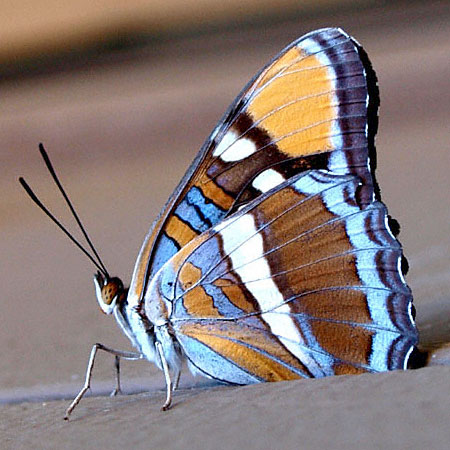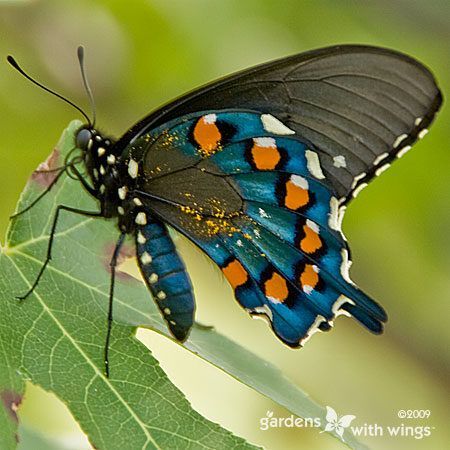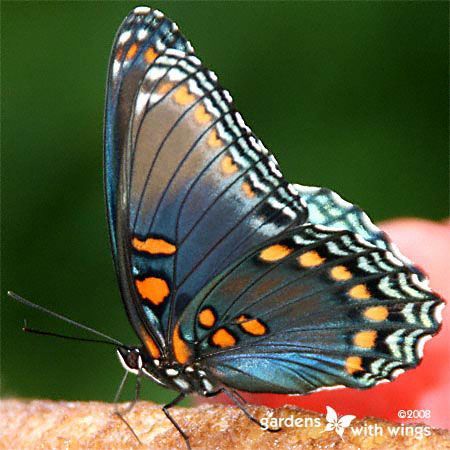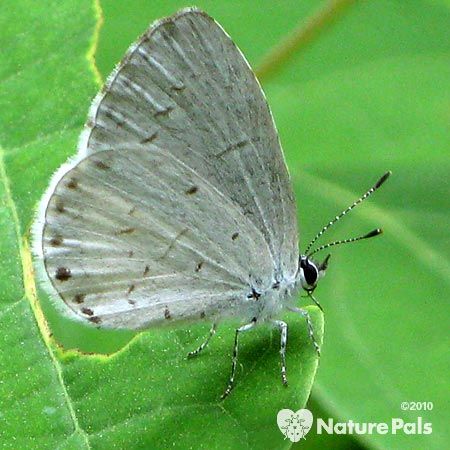Blue butterflies in North America can range in size from the small Summer Azure to the much larger blue and black Pipevine Swallowtail. Noting a butterfly’s size is a good place to begin when identifying blue butterflies.

Also, knowing a blue butterfly’s host plant can provide good clues as to what butterfly you are identifying. For instance, if you grow Pipevine in your garden you are more likely to see the Pipevine Swallowtail with its stunning display of deep blue and black wings.
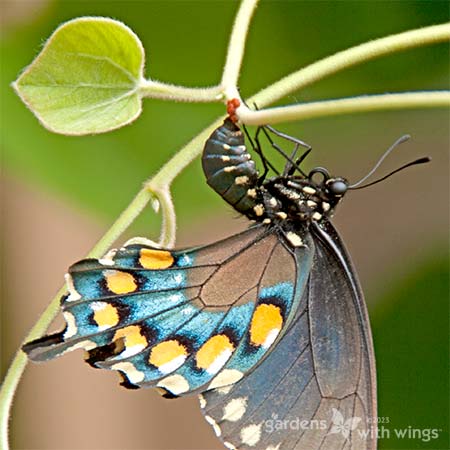
Blue Butterfly (Closed Wings) Facts, Characteristics, and Photos
To help identify blue butterflies view the images below. Click one of the images to see additional pictures of the butterfly, eggs, caterpillars, chrysalis, flight range map, and the plants needed to lay their eggs.
